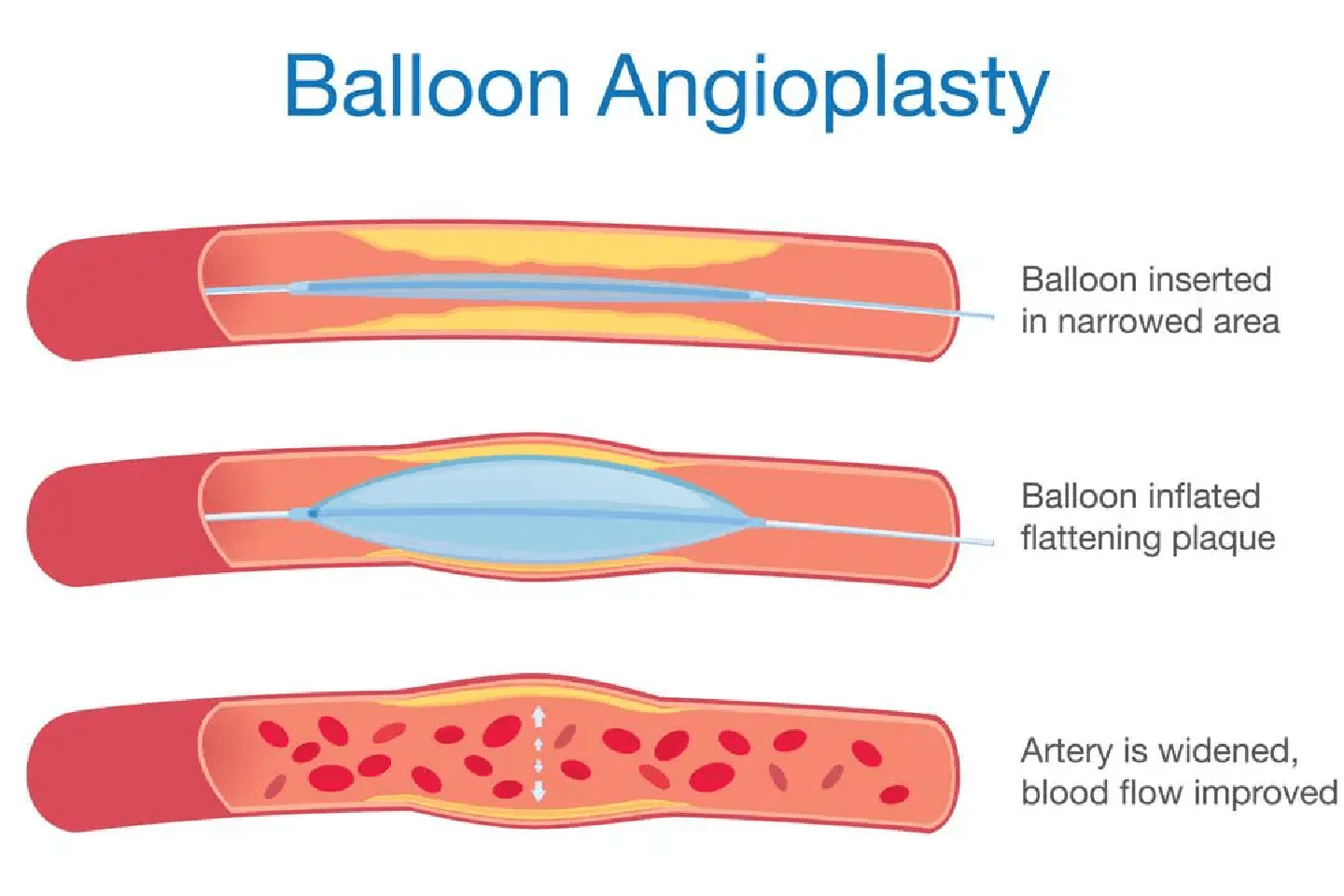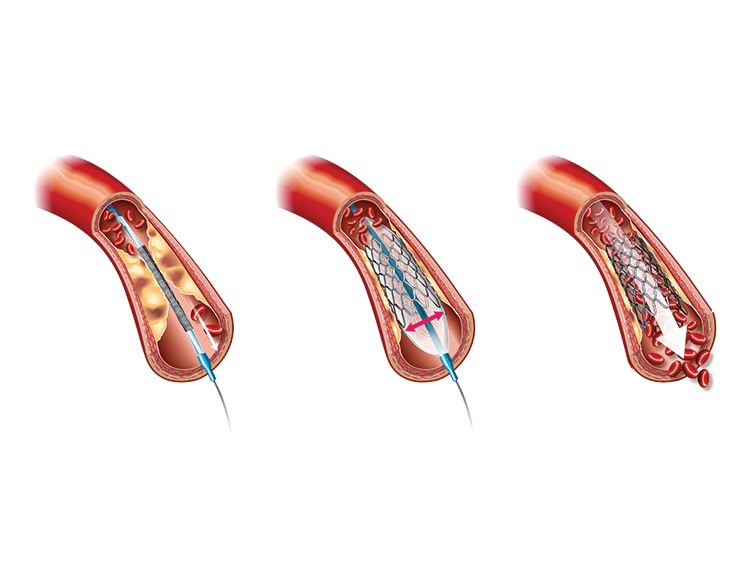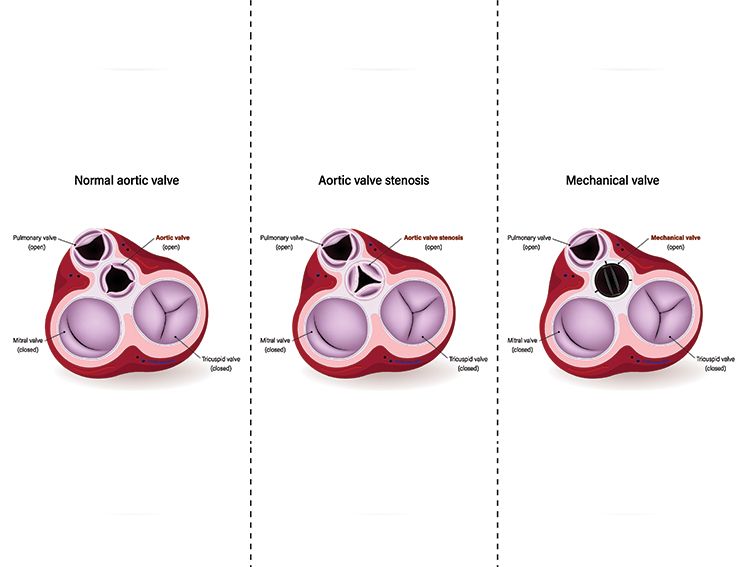
Types of Coronary Stents
Introduction
A Coronary stent is a small, tube-like structure inserted into an artery's blocked passageway to keep it open. It is primarily employed to treat coronary heart disease.
Different types of stents are used to open up narrowed arteries in various parts of the body.
Blocked artery passages in the heart can be dangerous as they hinder free blood flow. Stents in the heart open up these blocked passages, strengthen the walls of blood vessels, and improve blood circulation. These stents are coated with medication to prevent clogging and narrowing of vessels.
Understanding Coronary Artery Disease
Before discussing stents, it is important to understand why they may be necessary. Coronary artery disease develops when the blood vessels that supply oxygen and nutrients to the heart muscle become damaged or diseased, usually due to:
- Cholesterol builds up, and fatty deposits (plaque) form in the inner walls of the arteries.
- Inflammation of arterial walls
- Calcium accumulation in arterial walls
Plaque, which is made up of fatty deposits, builds up inside the arteries and makes them narrower. This condition is called atherosclerosis. As the arteries narrow, plaque accumulates, eventually blocking the blood flow completely. When blood flow to the heart is reduced, it can cause symptoms such as:
- Chest pain (angina)
- Shortness of breath
- Heart attack (myocardial infarction)
- Heart failure
Who needs a Coronary stent?
Coronary stents are recommended for patients with significant heart artery problems that reduce blood flow to the heart muscle. Typical candidates include:
- Patients who have experienced a heart attack need urgent treatment to open blocked arteries.
- Patients who continue to have chest pain (angina) despite medication.
- Patients diagnosed with severe narrowing of coronary arteries, usually greater than 70%, based on diagnostic tests.
- Patients with coronary artery lesions are identified as high risk through specialized imaging or diagnostic procedures.
Important Considerations
Stenting is often chosen for patients with one or two blocked arteries. However, patients with more complex conditions may require alternative treatments like surgery. These conditions include:
- Multiple blocked arteries.
- Disease affecting the left main coronary artery.
- Diabetes combined with complex coronary artery disease.
- Severely reduced heart function.
Since symptoms like chest pain or irregular heartbeat can have various causes, a thorough evaluation by a cardiologist is essential. Based on the patient's overall health, artery condition, and risk factors, this assessment helps determine the most appropriate treatment, whether stenting, surgery, or medication.
What is a coronary angioplasty?
A stent is inserted in the patient’s body through a process known as coronary angioplasty. A small tube known as the balloon catheter is inserted either through the leg's femoral artery or the arm's radial artery. This balloon catheter then advances up to the heart, reaching the aorta, which is the main artery that passes blood from the heart to other parts of your body.
Once the blockage area is identified, a wire loaded with the stent is inserted through the same passage as the balloon catheter. The stent is then placed and expanded to the size of the artery that it is inserted into with the help of an inflated balloon. The catheter and the wire are removed after the stent is placed.
What are the types of Coronary stents?
There are three types of Coronary stents:
- Bare Metal Stent
As the name suggests, the bare metal stent is a simple type of stent that does not have any special kind of coating on it. It is used to provide a solid framework to open a blocked passageway. On healing, the tissues tend to grow on the stent. However, this can be a little dangerous as the tissues can overgrow and cause complications. Drug-Eluting
The stent is coated with medication that it elutes into the surrounding coronary wall. Upon insertion, the stent continues to permanently stay in the patient’s body.The drug-eluting stent is widely used by doctors worldwide as it prevents scaring of the tissue by keeping the vessels smooth and wide open throughout. Plus, the stent has proven successful in improving blood flow. However, as it is slow in its healing, there is always the risk of restenosis. Restenosis is a condition in which an opened artery becomes narrow again.
Bioresorbable Vascular Scaffolds (BRS)
Bioresorbable vascular scaffolds are a type of stent that provide a temporary scaffold to the artery upon insertion. Once the blockage is cleared out and blood flow is restored, the stent dissolves in the body and leaves the artery in its natural state without any residue.Meril’s MeRes 100 BRS is one of the finest Bioresorbable Vascular Scaffolds. It has been designed to provide maximum support to the artery while releasing anti-proliferative drugs to minimize the proliferation response.
Conclusion
The most effective way to manage heart disease is through prevention, rather than relying solely on coronary stents, which are important medical advances. To protect your heart, regularly monitor key health factors like blood pressure, cholesterol, blood sugar, and BMI. Adopt heart-healthy habits such as balanced nutrition, regular exercise, stress management, and quitting smoking. If you experience symptoms like chest pain, shortness of breath, or unusual fatigue, seek medical help immediately. Small, consistent lifestyle changes can greatly reduce your risk of coronary artery disease and may help you avoid invasive treatments. Start your heart-healthy journey today!



